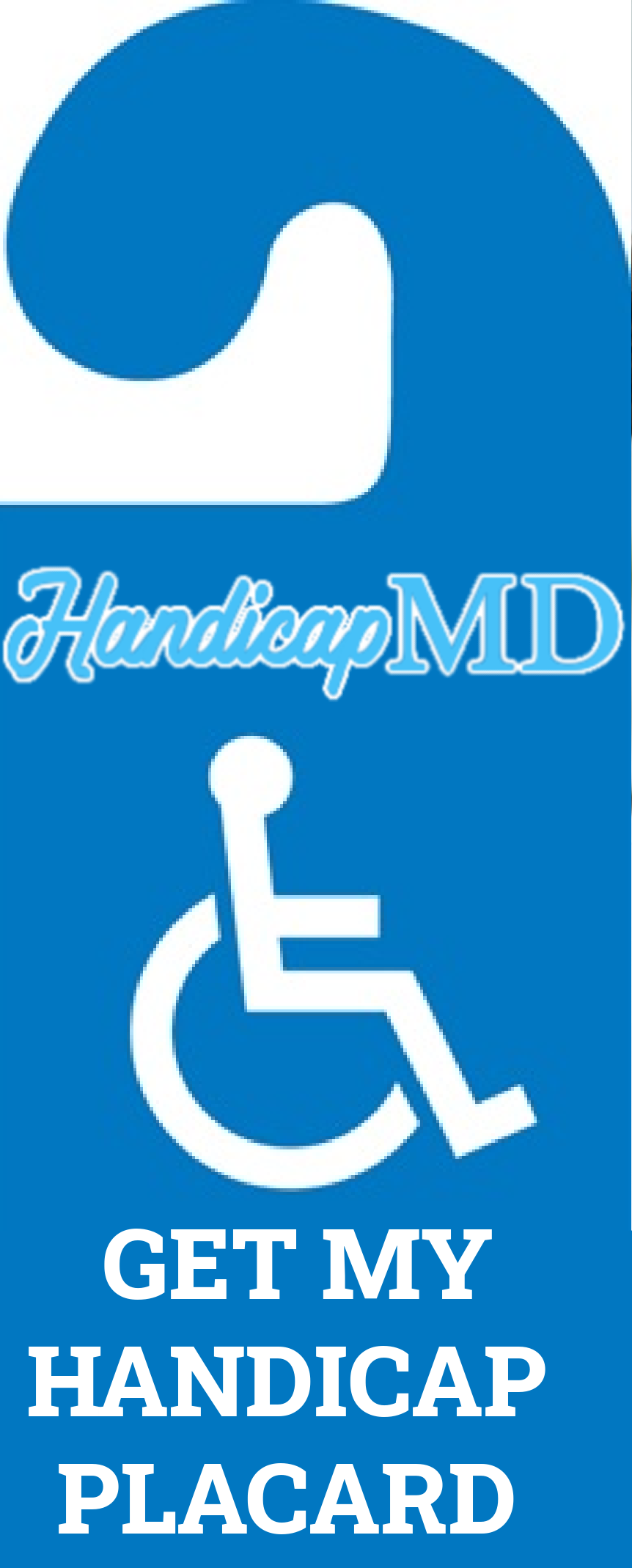
Disabled Parking In California: Important Facts to Know
Welcome to the disabled parking in California guide, where we will provide you with comprehensive information about getting a parking sign, the qualifications, the medical certification form, the types of placards, and the parking rules. If you're experiencing mobility issues or disabilities, read on to find out how you can get a parking tag and utilize it appropriately.
Eligibility
Medical Certification form
Types of Badges
Where to park with tag
How to obtain a permit
Fee
Validity / expiration of the pass
Renewals
Lost, stolen, or damaged signs
Where to hang the card
Parking Rules
What is ADA parking
Can I use my CA Permit / card in other states
Qualifying conditions:
To qualify for a permit, your mobility must be affected by a disability that impairs your ability to move easily or without assistance. There are several qualifying conditions, including, but not limited to:
● Loss of use of one or more lower extremities or both hands
● A diagnosed disease that substantially impairs or interferes with mobility
● A severe disability so that you’re unable to move without the aid of an assistive device (such as crutches, a cane, or a wheelchair)
● Documented visual problems (including lower vision or partial-sightedness)
● Specific cardiac conditions or respiratory illnesses
Medical certification form:
To get a disability tag, you need to complete the Application for DP card or Plates (REG 195), which is available on the Department of Motor Vehicles (DMV) website or at a DMV field office. You will need a licensed medical professional to assist in filling out the medical certification form. The medical certification form is where the medical professional identifies the disability and includes a brief summary describing your disability. Once completed, you can submit your application to the DMV.
HandicapMD specializes in online DMV Disability Tag Evaluations! See if you Qualify - Money-Back Guarantee if you're not approved!
Types of Disability Badges
The Golden state offers several types of tags:
● Permanent tag for permanent disabilities, which are valid for two years
● Temporary tags for temporary disabilities, which are valid for up to 180 days
● Travel tag for residents who already have a permanent placard or license plate – these are valid for 30 days
● Travel tags for nonresidents who plan to travel in the state and already have a permanent disability – these are valid for 90 days
Where a California Disability Parking Enables You to Park
Having a handicap placard or plate provides certain privileges. You are allowed to park in any disability space that is marked with blue curbs or the international wheelchair symbol. You can also park in short-term "green curb" spaces for an unlimited period of time, in areas designated for residents or merchants, and at metered spaces without any charges. However, it is important to note that a disability card does not allow you to park in the striped areas adjacent to disability spaces that are reserved for wheelchair access. Similarly, it is not permissible to park in red, yellow, or white curb spaces, or in private spaces that are marked with a name or license plate number.

How To Apply for / Obtain Disability Parking
You an get started with an online consultation today. After you've completed the medical certification form, you will need to fill out the rest of your application. Indicate which type you need and provide other personal information such as your name, date of birth, address, driver’s license number, etc. If you're requesting a temporary tag, you will have to submit a $6 fee. Once you've completed the form, sign, date it, and submit it to the DMV field office near you or mail it to DMV HQ, PO Box 932345 M/S D238, Sacramento, CA, 94232-3450.
Fee
Eligible applicants can obtain a permanent card free of charge. Those with a temporary disability are required to pay $6.00 to obtain a temporary disability permit sign
Validity / Expiration of Placards / Permits
- A card with permanent validity has a duration of 2 years and expires on June 30th of every odd-numbered year.
- If specified by a licensed medical professional on the application, a temporary card can be valid for up to 180 days (6 months), or a shorter period if indicated.
- residents who possess a permanent DV license plate or a DP placard can obtain a travel card that is valid for 30 days starting from the date of issuance by the DMV.
- Non-residents can receive a travel placard that is valid for 90 days or a shorter period if indicated by their licensed medical professional.
Renewing your Permit/Placard:
Permanent disability signs need to be renewed every two years. The DMV will automatically send out a new card to the address they have on file. No new medical certification is required. Temporary cards need to be renewed every 180 days (six months) or on the date your licensed medical professional indicated on your application. A temporary card cannot be renewed more than six times consecutively. You will need to submit a new application and medical certification for a temporary placard.
Lost Placard / Replacement
Lost, stolen, or damaged disabled person or disabled veteran license plates or placards can be renewed by completing an REG 156 application, which must then be mailed to:
DMV HQ
PO Box 942869Sacramento, CA 94269-0001
Where to Hang Permit / Placard
When the vehicle is stationary, it should be exhibited on the rearview mirror, but when the vehicle is in motion, it must be removed
Parking rules:
Once you have your tag, you must follow the rules. Always remember to display your sign clearly on your rearview mirror when you exit your vehicle. However, the placard must not be hanging while the vehicle is in motion. If you have a valid sign, you can park:
● In any places with the International Symbol of Access (wheelchair symbol)
● Next to blue curbs authorized
● Next to green curbs anytime

What is ADA parking and how does it differ from California disability parking rules?
The Americans with Disabilities Act (ADA) and disability rules share many similarities, but there are a few key differences to keep in mind. The ADA is a federal law that sets out requirements for accessibility for people with disabilities, and this includes parking spaces. In general, the ADA parking requirements are stricter than Ca’s disability rules. For example, while CA requires one disability spot for every 25 regular spots, the ADA requires one for every six. The ADA also has specific requirements for the size of the space, the surface, and the accessibility of the path of travel. While the ADA sets the minimum standards, individual states can choose to adopt stricter requirements, as the state has done in some cases.
Can I use my California disability permit in other states?
Yes, you can use your disability parking allowance in other states, as long as you’re following the rules and regulations of that state. Most states recognize and honor out-of-state disability passes, but it’s always a good idea to double-check the specific rules of the state you’re traveling to. Keep in mind that some states may have stricter requirements than the state, so make sure you’re up-to-date on the rules before you travel.
In conclusion, if you have a condition that impacts your mobility, you could be eligible for a disabled pass. Make sure to have a medical professional help you complete the medical certification form, and then fill out the rest of the application. Once you have your tag, remember to follow the rules for disabled parking in California, including displaying your sign and parking only in designated spaces. And if you’re traveling outside of Cali, check the rules and regulations of the state you’re visiting to make sure you’re following their requirements as well.
.png)






